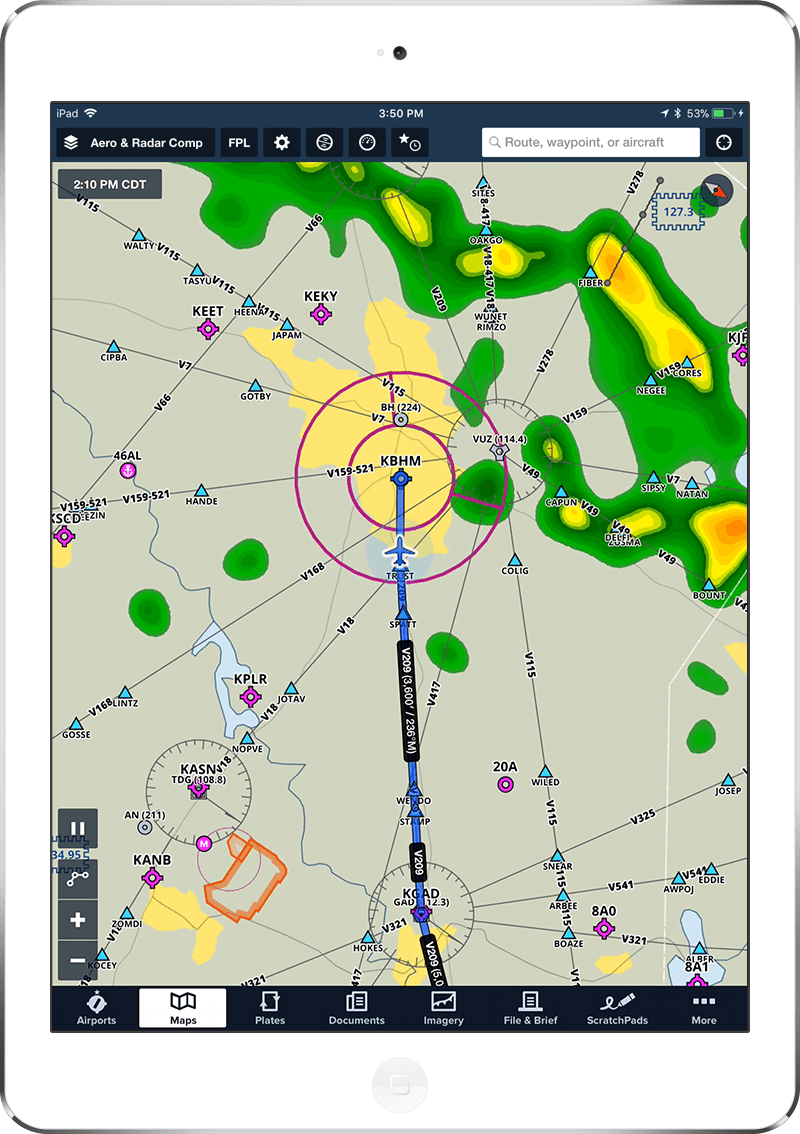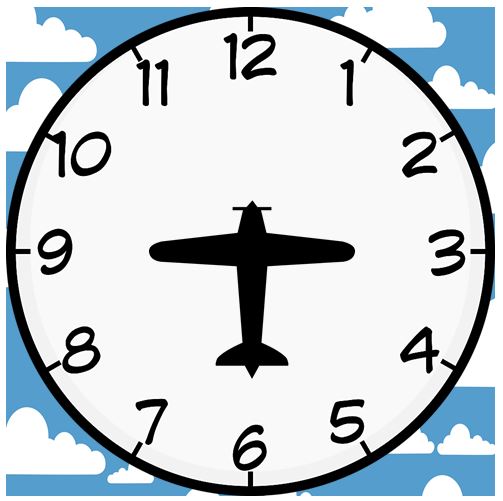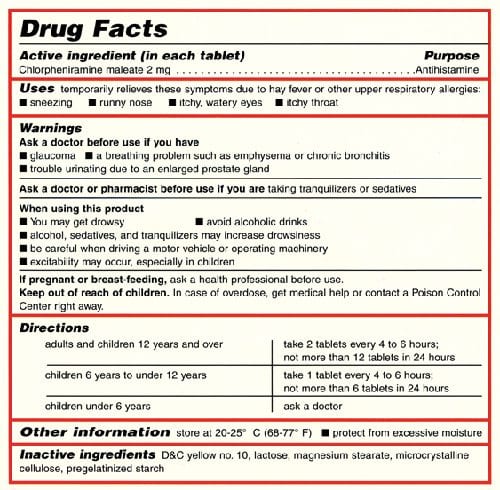 by sandy gainza
by sandy gainza
LOBO was founded in part to promote safe flying among our members and their families, to share knowledge about the aircraft, and make sure its members utilize the incredible capabilities of the Lancair/Evo fleet. Almost every year at the LOBO Landing, LOBO sponsors a course called “Partner in Command (PIC),” which helps demystify Lancair and Evolution flying for the non-pilot. The 2020 LOBO Landing has now been rescheduled for April 2021, and since LOBO did not present a PIC course at the 2019 Landing we should go over some basic tips for those who fly most often with our pilots, LOBO's Partners in Command. Being an effective Partner in Command will increase the safety of your flight and add to your confidence and enjoyment of the trip.
Many partners express concern about what they would do if their pilot became incapacitated in flight. Statistically, the chance of that happening is quite remote. What can and does go wrong in general aviation flying? Four causes account for about 75 percent of general aviation accidents according to the GAJSC/NTSB data from 2016. A vigilant Partner in Command, without extensive pilot training or knowledge, can help mitigate or even eliminate the risks associated with these causes.
PLANNING
Fuel Requirements
Understand the importance of fuel requirements. Running out of fuel while flying is a serious problem. If it happens to you in your car, you pull over, whip out your phone and call AAA. And maybe feel like a dummy. If you run out of gas in the air, an emergency landing is in your immediate future. It may be an off airport landing, depending on where you are, and it won’t be easy to pull off without damage to the airplane or you. Special considerations for fast aircraft like the Lancair and Evolution: best glide speeds and descent rates are pretty fast and steep. It is very, very stressful. Although not as drastic as actually running out of fuel, a shortage of fuel can require you to divert or make an unplanned stop. While much wiser than trying to make your destination with too little fuel, diversions do add time and stress to your journey. So make sure you ask and confirm with your pilot that you have enough fuel. Stronger than forecast headwinds, air traffic control diversions, and changes in temperature and other weather conditions might affect how much fuel your plane needs to get to the destination. It sounds so simple, but this is one of the top four causes of general aviation accidents.
Fitness & Health
Make sure you and the pilot are well rested and fed. You will function much better if you are not hungry, thirsty or tired. Flying requires a lot of concentration and mental energy. Be prepared for this, and bring water and snacks, even if you don’t plan to eat them. If you wind up diverting to another airport, there might not be a restaurant or even a vending machine there.  Be careful about your medications and the medications of your pilot, even over-the-counter medications. Be sure you know any interactions or side effects before using them and flying. Click here to open the FAA's guide to over-the-counter medications for pilots.
Be careful about your medications and the medications of your pilot, even over-the-counter medications. Be sure you know any interactions or side effects before using them and flying. Click here to open the FAA's guide to over-the-counter medications for pilots.
Weather
Check the weather. Aviation weather products may seem complicated, but with a bit of training and background the big picture tools are easily understood, and most are available right from your smartphone. There are many weather and radar apps you can install and use to get a big picture of the weather ahead. The most dangerous weather phenomena for pilots are thunderstorms (summer), icing (winter) and overcast skies (all year round). Check with your pilot if any of these conditions are forecast for your flight. Ask what the plan is (in broad terms) to deal with any such conditions should you encounter them. Confirm you are both prepared for the weather on your route of flight and that you are prepared to make changes and land early or elsewhere if weather at your destination worsens. Lancair and Evolutions can fly fast, but you may not be able to outrun changing weather conditions. A diversion may mean spending the night, so think about having a small overnight bag. (This happened to me; I got stuck in Oregon flying a non-pilot friend, and we had to wait for better weather the next day..now I have a little tiny kit I keep in the plane.) Click here if you want to dive deeper into weather planning using tools available for your iPad (they may also be used with an iPhone).
IN THE AIR
Be on the Lookout
 Flying (usually) allows you to avoid having to sit in a car waiting to move, but you still have to worry about traffic when you fly. In this case we're talking about other planes. Learn how to help your pilot spot other aircraft, and how to tell your pilot what you see. This is really basic, but incredibly important, because with all of the tablets and fancy glass instruments in your airplane to look at, there are times when the pilot’s attention is focused there instead of outside the aircraft. Traffic displayed on the screen of your tablet is helpful, but that information lags the actual position of other aircraft. If you are converging with or overtaking another aircraft, which is common in our planes, chances are they are much closer than depicted on the screen. Lancairs and Evos fly faster than most other small aircraft, so paying attention to the airborne traffic around you is critical.
Flying (usually) allows you to avoid having to sit in a car waiting to move, but you still have to worry about traffic when you fly. In this case we're talking about other planes. Learn how to help your pilot spot other aircraft, and how to tell your pilot what you see. This is really basic, but incredibly important, because with all of the tablets and fancy glass instruments in your airplane to look at, there are times when the pilot’s attention is focused there instead of outside the aircraft. Traffic displayed on the screen of your tablet is helpful, but that information lags the actual position of other aircraft. If you are converging with or overtaking another aircraft, which is common in our planes, chances are they are much closer than depicted on the screen. Lancairs and Evos fly faster than most other small aircraft, so paying attention to the airborne traffic around you is critical.
Along with distance and relative altitude (high or low is sufficient), pilots use clock position to call out the position of other aircraft (see image at right). Traffic at nine o’clock means the other aircraft is directly off the left wing, twelve o’clock is directly off the nose, and three o’clock is directly off the right wing. The numbers in between allow you be more specific about where other aircraft are in relation to you. If an air traffic controller tells you, “traffic at 2 o’clock," you would look to your right, somewhat closer to the right wing than directly in front of you; if the call is “traffic at eleven o’clock” you would look to the left, closer to directly in front than toward the left wing. The farther away they are, the more difficult it is to spot other aircraft. Small aircraft are difficult to spot outside of three miles. When controllers issue traffic alerts they usually include direction of flight. That's important. If the other aircraft is flying toward you then you'll have less time to look for them. If the controller reports another aircraft within three miles on a converging course you need to be on high alert. All of this is to tell you that when you inform your pilot of another aircraft be as specific as possible about their relative position (clock position, near/far, high/low, etc.) to help them accurately evaluate the necessity for evasive maneuvers.
Understand Performance
The number one cause of fatal general aviation accidents is loss of control in flight. How does that happen? In Lancair and Evolution aircraft it might happen if the aircraft flies too slowly at the wrong time, causing a stall. A stall is the term describing a condition when the aircraft's wing is no longer producing the minimum lift necessary to hold the aircraft up. This can be easily avoided by ensuring the airplane is never flying too slowly for the current phase of flight. Airpseed for airplanes is usually indicated in knots instead of mph, but don't let that confuse you. Just stick to the number. If you know what airspeed (number) is normal for each phase and where to look to see the current airspeed (number), you can notify your pilot if they are flying too slowly.
The most critical phases of flight are takeoff, approach, and landing; each has its own minimum airspeed and you should know what they are if you are going to help monitor them. One note of caution: Take the time to discuss with your pilot the best way for you to help. Come to an agreement beforehand on when you will speak up if you see something, and when you should expect an explanation if things don't look right. If your pilot plans to do something different than normal you should know why. That said, sometimes things change on the fly, and there isn't time to discuss it. The bottom line is you should never be afraid to speak up, but if your pilot acknowledges your alert and says they don't have time to explain what they are doing its probably best to accept and trust their judgement. The last thing you want to do is get in an argument while flying. Make a note of what happened and discuss it after the flight so you can better understand what's going on if you run into the same situation in the future.
Be on the Lookout—Still
The second greatest cause of fatal GA accidents is “Controlled Flight into Terrain" or CFIT. This is not the same thing as a crash landing. A crash landing usually occurs when something is wrong with the plane that prevents further flight, such as an engine failure. CFIT is when a pilot flies a perfectly flyable aircraft into the ground. Not great. It can happen when the pilot allows the aircraft to descend into relatively flat terrain, but it's most common around mountains, when the aircraft is climbing or flying in level flight and impacts rising terrain. If your flight is in the daytime with visual conditions you ought to be able to see the ground. But that doesn't mean you shouldn't always be looking. Out. The. Window. Your tablet screen is not as useful as your eyes in this situation. If your flight is during instrument conditions (in and through clouds), you many not be able to see the ground. Instrument flight rules (IFR) requires a pilot to plan a route at least 1,000 feet above any terrain at all times, and at least 2,000 feet above any terrain when in mountainous areas. Flying under IFR means the pilot needs to be 100% sure of your position at all times. If your pilot frequently flies IFR you should consider learning a bit about determining and monitoring your position. Tablet-based charts with moving-map displays make it very easy to keep track of your position. Ask your pilot to help you learn how to use it, especially the terrain-avoidance features. These tools and a bit of knowledge will help you monitor the flight progress
The other thing to look out when flying in clouds is ice. Most airplanes do not fly very well when coated with ice, and the best way to avoid ice-related accidents is to turn around when you encounter unexpected ice. If you checked the forecast you should know if icing conditions are expected, and your pilot should have a plan on how to avoid it.
What Else?
We have discussed three of the four most frequent causes of fatal accidents in general aviation aircraft. The last of the four is engine failure in flight. What can you, the partner, do about that? Ask your pilot about engine care. Spend the time, the money, and the research to maintain your engine to the highest specifications. This may mean checking it more frequently than the annual inspection. When properly cared for--oil changes at the proper interval, keeping the engine at proper operating temperatures, etc.--aviation engines are very reliable. It's exceedingly rare for an engine failure to occur with no warning whatsoever. Ask your pilot about things you can help with like watching for unusual sounds or vibrations, and knowing when to service or replace important components.
What About Pilot Incapacitation?
You have a choice: get more familiar with your aircraft and how to fly it, or plan on preventing this from happening in the first place. Making health your priority for yourself and your pilot are the keys to preventing a health event in flight. Regular medical checkups, proper medications, a healthy diet, exercise and rest should be on your personal checklists. Has your pilot ignored concerns over their weight and fitness? Now you have a motivational tool that just might help! At the next LOBO Landing we plan to cover emergency operations for the partners, including incapacitation events. Keep in mind that pilot incapacitation events are extremely rare! Your best way of dealing with them is prevention. Pilots learn the IMSAFE acronym to evaluate fitness to fly before every flight. Make sure your pilot uses it. Click here to read more about IMSAFE from the FAA.
Learn More
We will bring back the Partner in Command class to the 2021 LOBO Landing in Las Vegas. We hope you will all come and learn more about your aircraft. Your pilots want you to be confident flying with them. Owning an aircraft is a big responsibility as well as a lot of fun. It's something you as a couple or a family have spent a lot of time and money on. Discussing these tips with your pilot and working on the best ways you can help for each flight will make a more confident passenger, and increase your enjoyment of personal flight.
For questions/comments on this post contact Sandy via email: s.gainza [at] lancairowners.com.

